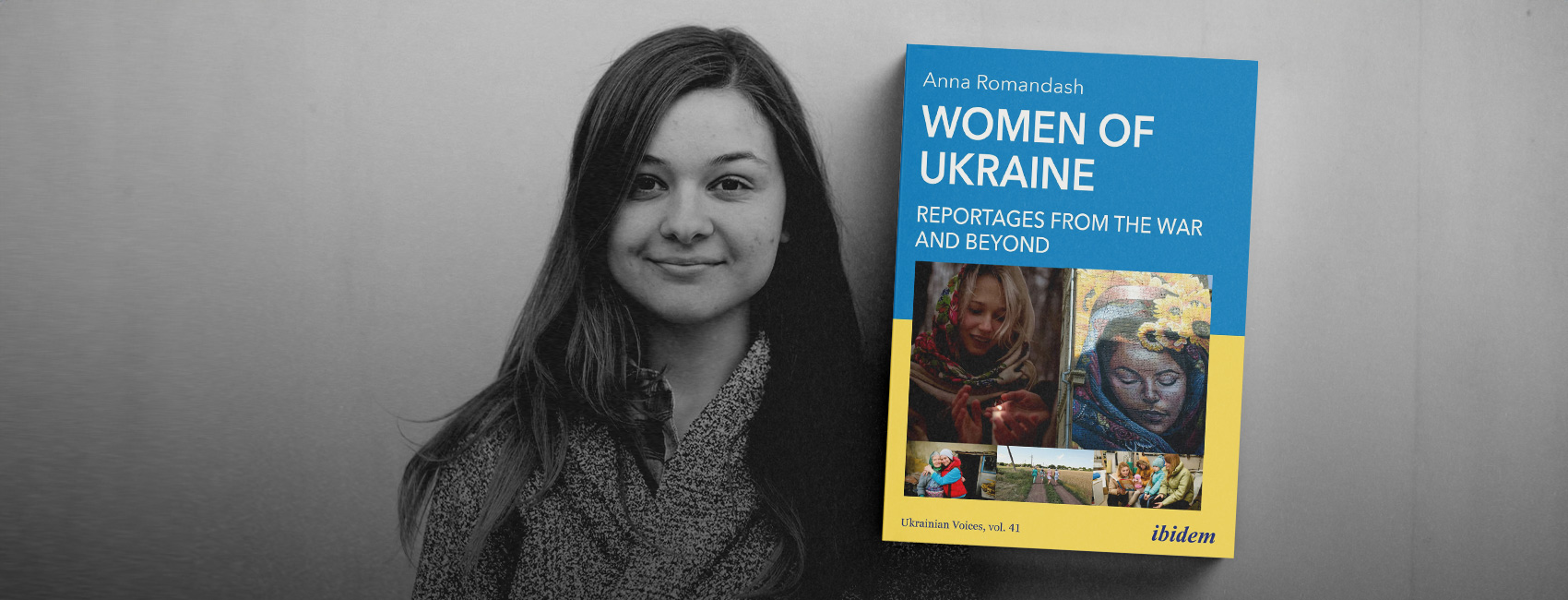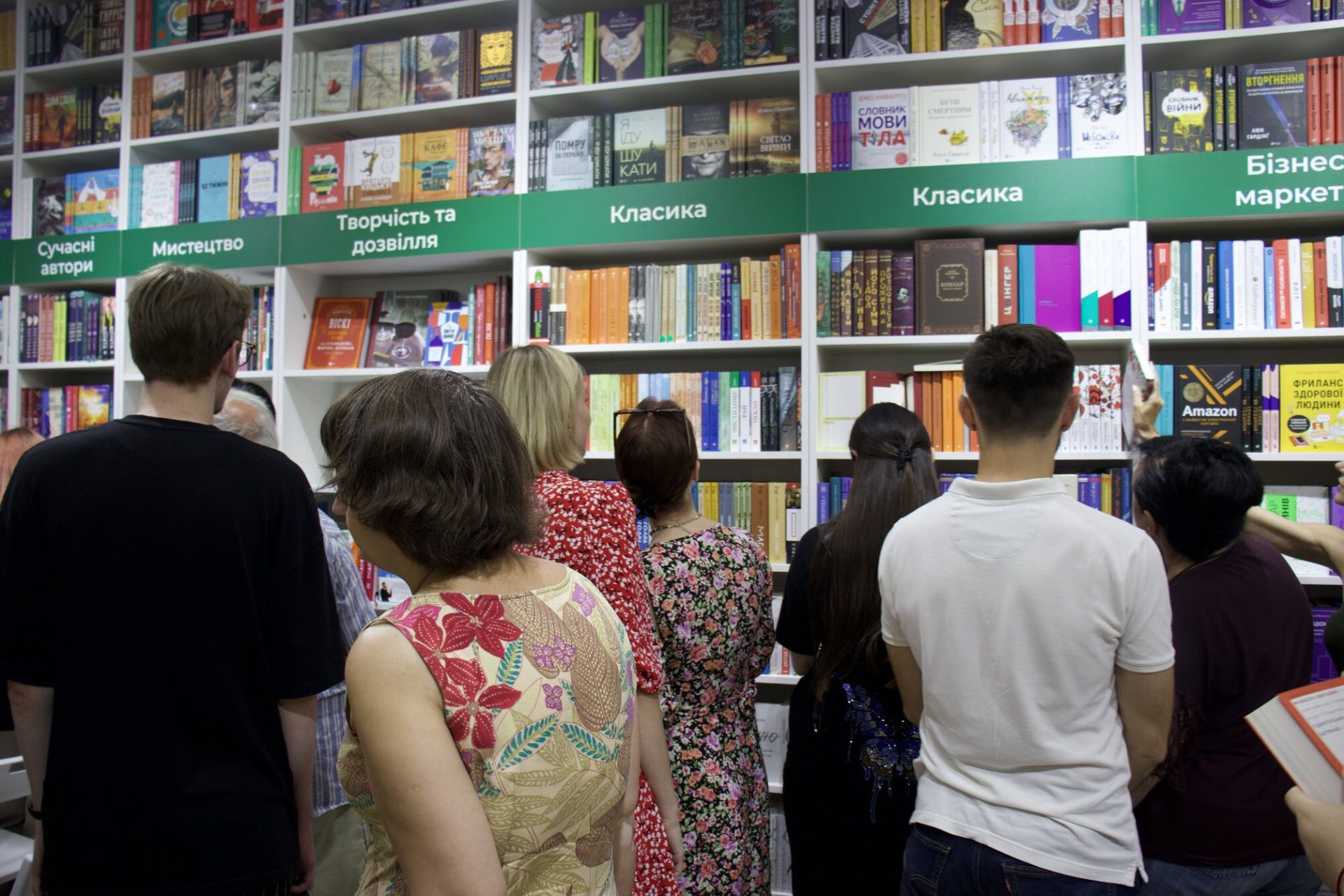* ESC - закрити вікно пошуку
Documents
“There is deathly silence around me:” A Review of Nadiya Sukhorukova’s ‘Mariupol Hope’
20.02.2024
Mariupol journalist and TV reporter Nadiya Sukhorukova’s “Mariupol Hope” is a series of diary excerpts written during and after March 2022, when many of Mariupol’s residents faced horrific shelling from Russian forces. However, Sukhorukova’s entries also show how she and other residents faced another brutal decision – whether to leave the city they loved beyond all else for other cities in Ukraine or across Europe.
The book is a unique testimony to a city whose name is now associated with destruction. But, more so, its entries captured the stories of individuals who dared to resist Russian force, document Russia’s real crimes in Ukraine, and work together to ensure the safety and survival of coworkers, colleagues, neighbors, and their families.
What readers may initially notice in Sukhorukova’s entries are her attempts to capture the unfolding horror in the besieged city. One stark entry states,
Before the invasion, I used to love reading Stephen King’s books. I thought that everything he wrote was a terrible fantasy that would never come true.
As Russian planes grind over Mariupol and Russian pilots drop bombs on innocent civilians, businesses, and hospitals, Sukhorukova admits, “And I thought that this was a thousand times worse than King’s worst story. I was sure we were doomed, as I looked at this terrible, dead city. I was saying goodbye to it.” Despite these quiet, apocalyptic admissions Sukhorukova intermittently highlights brief, hopeful moments when “ordinary people–not heroes” venture to the “bombed Kyivstar office, charge the generator with gasoline and give the residents of Mariupol the opportunity–at least sometimes–to contact their loved ones and learn the news.” The city’s resistance thrives quietly, and Sukhorukova describes these brief interludes of mobile connection as “a breath of fresh air, a pinch of faith, a light of hope.”
Sukhorukova makes stark admissions that what Mariupol residents endured was “all so scary” that Sukhorukova herself frequently “envied the dead” because “everything was over for them” and they did not have to “experience this nightmare.” She frequently repeats the threat air raids posed to Mariupol and those in hiding and how each air raid became a game of chance for those who sheltered. She and the others with whom she sheltered anticipated their deaths, knowing that no matter where they hid, if a missile or mine struck them, “there would be nothing left” because “no basement can save you from a multi-ton bomb.” She also poses existential questions about the aftermaths facing survivors – “How is it possible to live after that?” Thus, Sukhorukova’s reflections are rife with a survivor’s guilt.

An interesting technique on which the book relies is the personification of Mariupol. For Sukhorukova and others, the city is not merely a city of concrete structures such as streets, buildings, businesses, schools, and hospitals. Mariupol is a living, breathing entity. At the Russians’ hands, Mariupol “trembled, groaned, and howled,” but it also “held on.” The city becomes a soldier geared with armor that “had been pierced long ago,” and “blood trickled from under its helmet.” the city’s fortitude and resilience is a small example of the fortitude and resilience that swept across Ukraine and its people and inspired the globe during the war’s first months. Sukhorukova describes the city as a knight whose “fierce resistance” caused the “rushists” to continue to “raze it to the ground.” When Sukhorukova transitions to the intimate descriptions of death, those descriptions have even more of an impact: “There are still a few people here. They are lying on the side of the house and in the parking lot, covered with coats and jackets. I would rather not look at them. I am afraid that I will see someone I know.” Therefore, the personification makes the city’s destruction even more emotional and psychological for readers.
RELATED: Russians destroyed the largest library in Mariupol
The theme of resistance is also integral to “Mariupol Hope”. Sukhorukova draws on Mariupol’s history, including Russia’s 2014 annexation and invasion of Ukrainian territory. This is established in the first chapter and continues throughout the book, but readers will want to note how acutely Sukhorukova asserts Mariupol’s identification as a Ukrainian city:
Regular folks came out in the streets to defend their home. The most important weapon – vyshyvankas and Ukrainian flags.”
She also discusses how it is “impossible to get used to blasts and explosions in eight years” and that the fear throughout Mariupol has “dulled like an old pain.” Nonetheless, the people’s desire to remain independent and sovereign despite Russia’s attempts to obliterate them and their city gleams as brightly as the blue and yellow flags the world now associates with Ukraine and freedom.
As support for Ukraine from the United States concerningly plummets, a book like “Mariupol Hope” is important in the emerging canon of Ukrainian literature being translated. It is written so that everyone, not just academics or journalists, can access the unspeakable horrors that plagued Mariupol. Sukhorukova’s entries capture the war’s true human costs, and remind readers that any language will have difficulty in communicating the death and brutality which disrupted the everyday lives of Ukrainians not only in Mariupol, but across the globe.
RELATED: Petro Yatsenko: The heart of Mariupol is definitely alive
Copy editing: Jenny Cai
This publication is sponsored by the Chytomo’s Patreon community
що більше читаєш – то ширші можливості

1233
Russia's crimes
The award-winning journalist and soldier Alla Pushkarchuk was killed by a Russian missile strike
26.04.2024 -
726
Russia's crimes
Carrying on Amid War — A Review of Women of Ukraine: Reportages from the War and Beyond
05.04.2024 - Nicole Yurcaba


